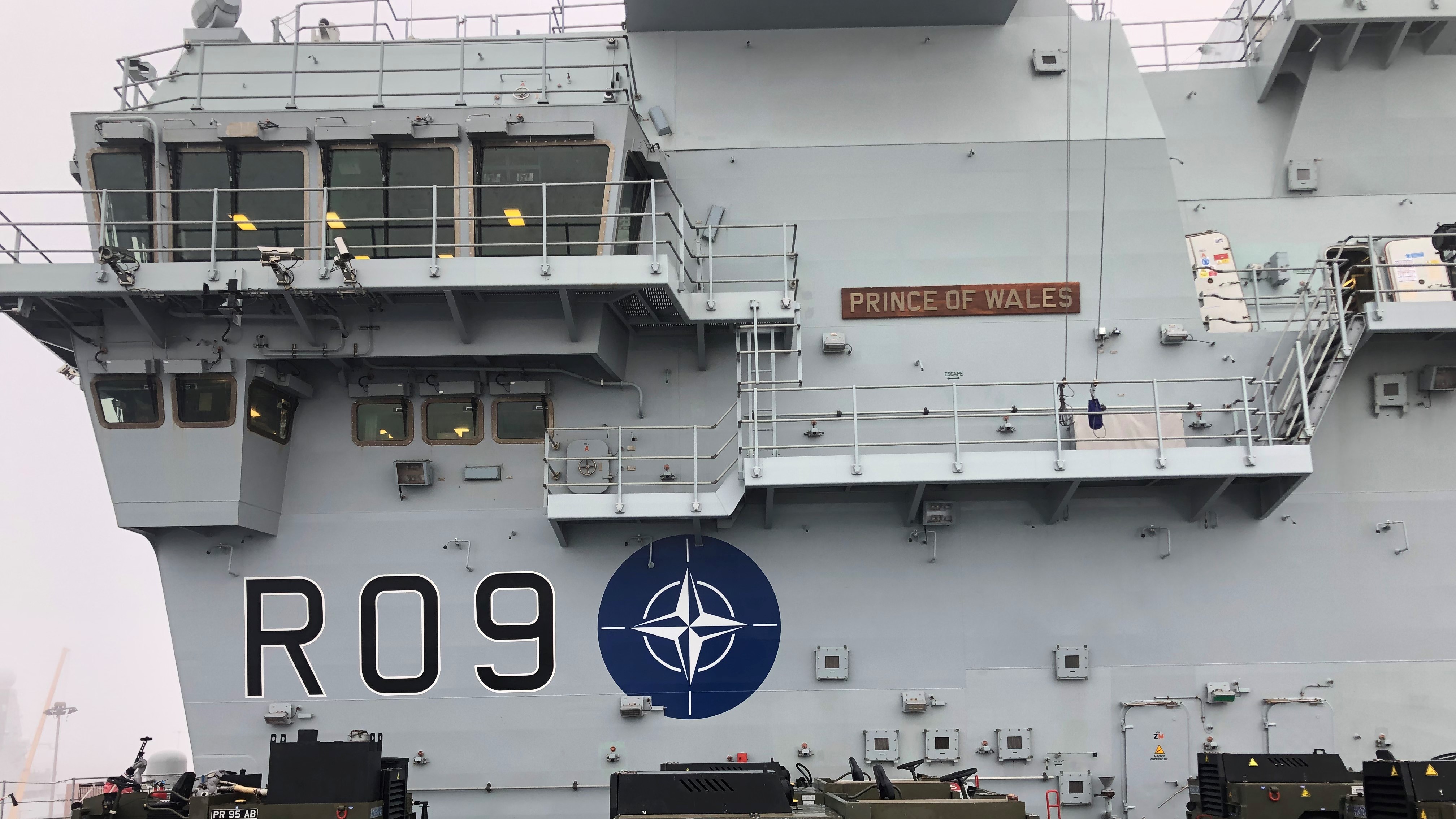What are the numbers on the side of Royal Navy ships and why are they there?
If you have ever seen a Royal Navy ship up close, you have probably noticed the series of numbers painted on the side of the vessel.
Called pennant numbers, they appear on all Navy vessels, from aircraft carriers to submarines.
But what is the pennant number for, and how is it used today?
What is a pennant number?
Pennant numbers are used by the Navy to identify a ship and are made up of a flag superior, a letter to denote a ship's class, followed by numbers, known as a flag inferior.
The flag superior denotes which type of ship it is, for example, F for frigate, D for destroyer and P for patrol boats, R for aircraft carrier and S for submarine.
The numbers are then assigned as, originally, a way of differentiating between the same type of vessel when in a group – such as a Carrier Strike Group.
So following this pattern, HMS Queen Elizabeth's pennant number is R08, HMS Diamond's is D34, HMS Spey's is P234 and HMS Anson's is S234.
There is speculation that the R stands for Regina, Latin for 'reigning Queen', although aircraft carriers have had R as their flag superior during a King's reign.
It has also been speculated the R stands for 'recovery' as the earliest carriers would get planes to land on the ocean and then hoist them on board – however, there is also no proof of this.
Ultimately, it is likely that as carriers came later, and A and C had already been taken, R was designated to the carriers as it was a spare letter.
What do they do?
Will Heppa, a curator at the Royal Navy Museum, told Forces News they were introduced to "abbreviate signalling and to make signals more secure".
"All of the naval ships have used some kind of code flag identity for signalling for about a century now," he said.
"But the identities have only been marked on the structure since about 1910."
Mr Heppa also said pennant numbers "serve the purpose of clearing up confusion between ships with similiar names".

How have pennant numbers changed over time?
All ships have used a code flag as an identifier since the First World War, said Mr Heppa.
He added that there were "lots of alterations" to the allocation of pennant numbers "to accomodate increases in the number of ships before, during and after the First World War".
"In the 1930s and 40s, the extent of building ships, part of rearmament for the Second World War, it did make it necessary to review the arrangements for pennant numbers.
"There were so many destroyers built in the 40s as well that they kept changing the flags for destroyers."
He added that during the Falklands War "the display of pennant numbers was pretty much dispensed with" as both the British and Argentinian navies used Type 42 Destroyers.
"Type 42 Destroyers, for instance, then would have a distinctive marking painted on their hulls to indicate they were British... so the Argentinians couldn't identify them."









